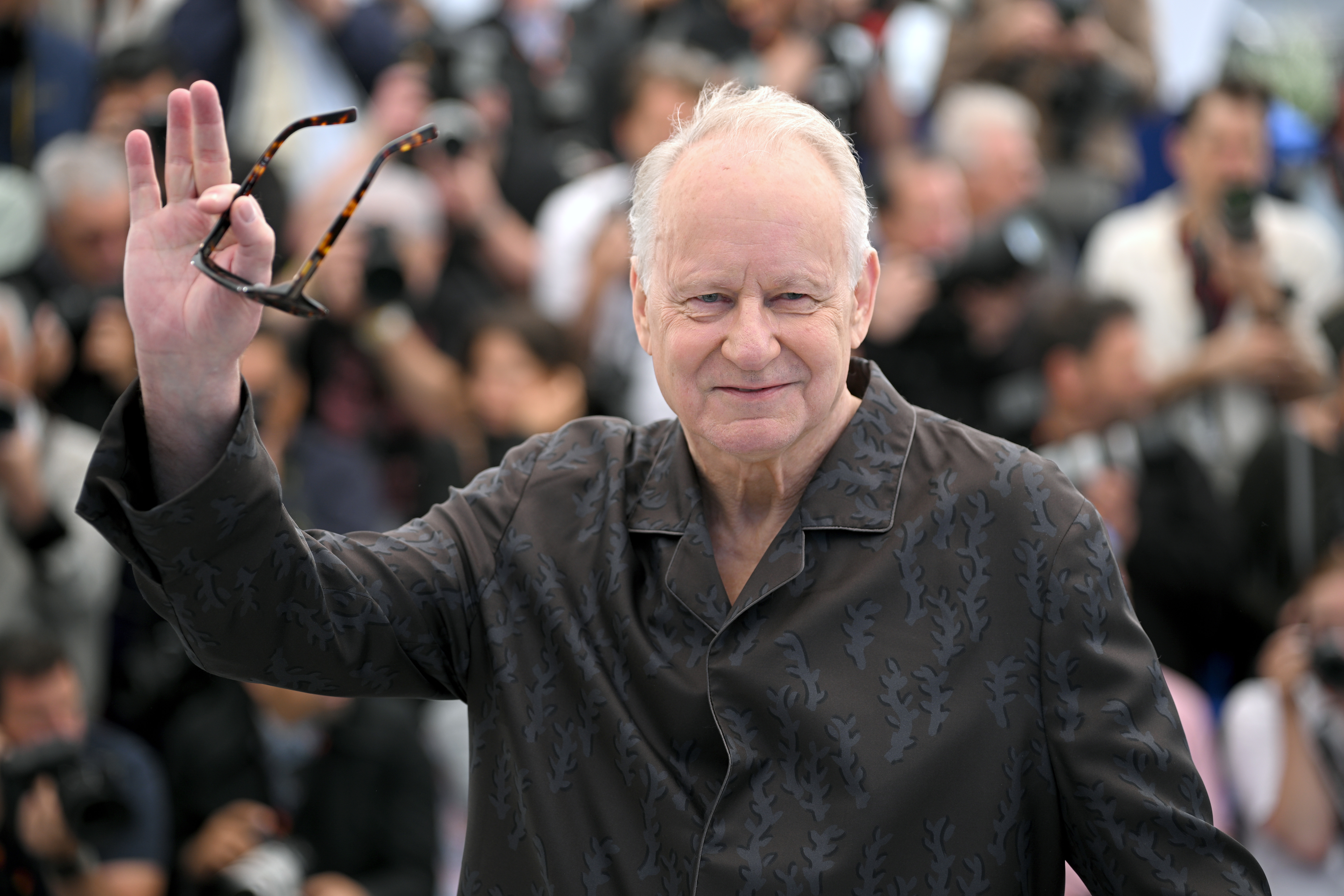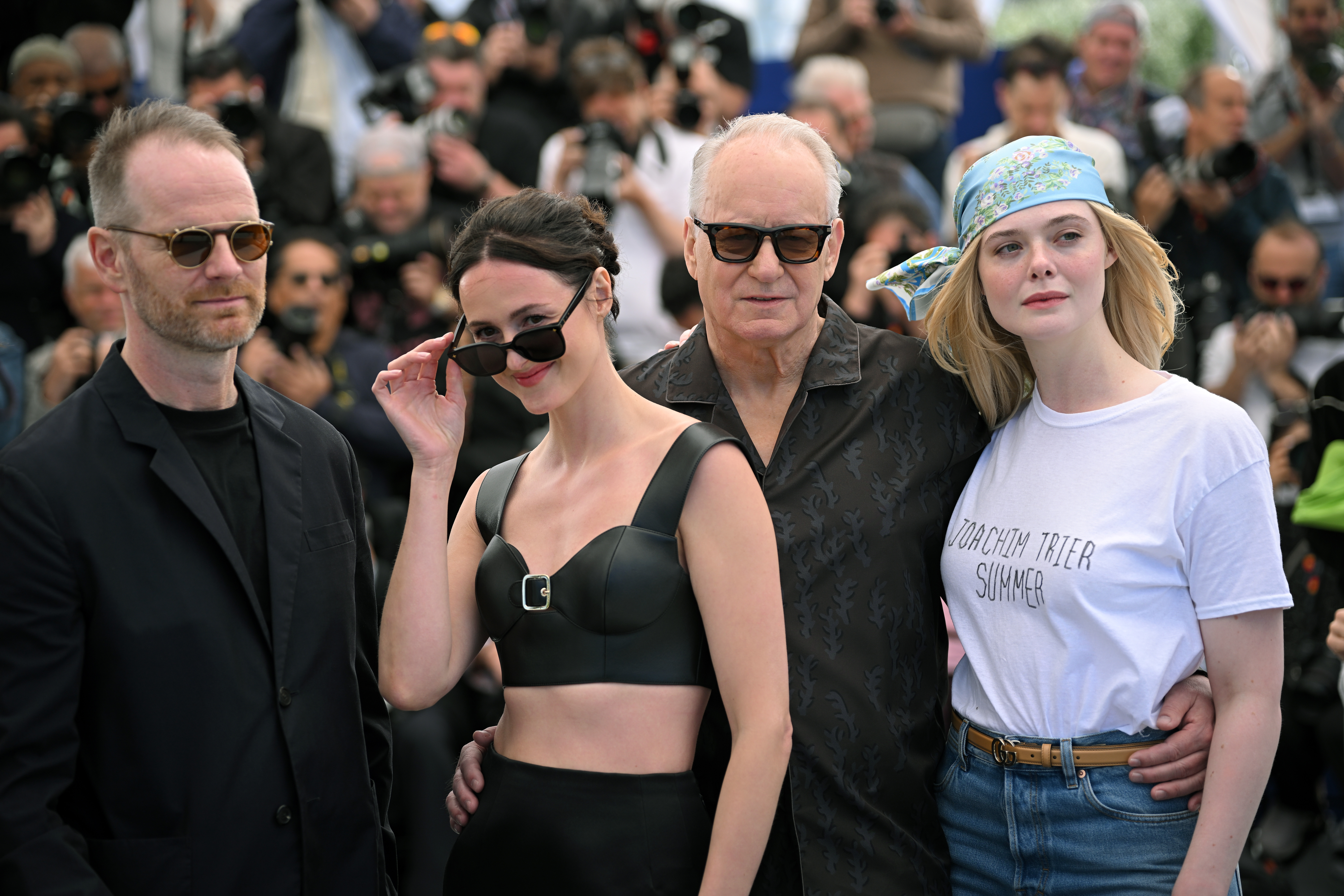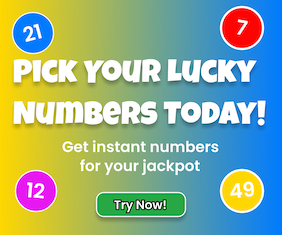Ask anyone — it’s easy to get lost in the Tokyo subway. The city’s underground boasts ample signposting to guide commuters and tourists — but there’s so much of it, the passageways and stairways all look alike, and oh, we’re right back where we started.
Genki Kawamura’s delightful blockbuster provocation “Exit 8” understands and exploits these frustrations, transforming these claustrophobic corridors into a site of psychological exploration, personal choice, and national anxieties.
Quite possibly the first video game adaptation to premiere at the Cannes Film Festival, “Exit 8” is adapted from the virally successful 2023 independent game of the same name, which has now hit over 1.5 million downloads worldwide and has further internet cache on YouTube and Twitch (the most popular video has 6.2 million views at the time of writing). Ostensibly a first-person walking simulator, “Exit 8” the game is “Spot the Difference” by way of “The Stanley Parable,” a compelling little experience that can be completed in under an hour, in standard flatscreen or VR.
The objective is simple: Look for anomalies in a single underground passageway that weren’t there on your previous walkthrough. If you spy any, turn around and go back the way you came. If you think there are none, proceed down the hallway and around the next corner. Get it right, and you advance from Exit 0 to Exit 1, and so on. Get it wrong, and you’re returned to the preceding exit. The goal is to reach Exit 8, which will bring you back above ground. Toho’s blockbuster film adaptation is a remarkably faithful translation, one-to-one in its central environment and signage, to the point that the film at first feels like an FMV transmedia advertisement for its source material. But the core concept has been expanded in smart and surprisingly thrilling ways.
The directing and co-writing credit of Genki Kawamura would appear an odd choice. As a prominent film producer (“Your Name,” “Monster”) and best-selling novelist (“If Cats Disappeared from the World”), Kawamura’s debut directorial effort was 2022’s “A Hundred Flowers,” a subdued, melancholy dementia drama. His work focuses on interpersonal struggles, not J-horror jump scares. But take another look, and it starts to make sense.
Arashi superstar Kazunari Ninomiya is The Lost Man, a backpack-clad commuter seeking a way out of the underground and back to the light of day — where his once-girlfriend is waiting to hear his decision on whether he wants to keep the baby that she’s carrying. Initially distracted by his playlist and a phone call, he soon realizes that the passageways are looping, a situation that he quickly and pragmatically adapts to. As he scans the advertisements on the walls and itemizes his environment out loud, Ninomiya and the glossy production design bring a “Squid Game” dopamine to proceedings. Your interest and attention is maintained because you want to see what’s around the next corner. Did The Lost Man fail to notice something? What will the subsequent exit bring? Wait, did the eyes on that poster just move?

Ninomiya’s megastar popularity takes on a new shape when placed within these hyper-reflective, Unreal Engine-esque walls. A film that speaks in video game grammar, “Exit 8” feels like a live-action “Let’s Play’” a logical modern evolution of cinema where your experience is akin to watching am influencer livestream their findings — solidified by your fellow spectators, who lean in as you do when new developments arise and confusion continues.
“Exit 8” contains no jump scares. It instead succeeds through a cumulative anxiety, where we could be stuck here forever (the feature-length running time is weaponized rather than wasted), and that something genuinely horrific could eventually appear within this cyclical space. Something genuinely horrific does eventually make its entrance, but it’s the little fears that leave a lasting impression. Disembodied wails of coin-locker babies echo off the tiled walls. Poster advertisements promise better pay, remind us of appropriate etiquette, and uphold beauty standards. These are distinctly Japanese anxieties — as is getting trapped in a liminal space that scuppers your punctuality.
A brain-warping shift of perspective reveals the path to be less linear than first thought, allowing Kawamura and co-writer Kentaro Hirase to introduce extra dimension to its inhabitants. There are multiple players in this loop, and they all want out for different reasons. The twists in store are gratifying and worth experiencing blind. Kawamura’s literary verve has elevated and transformed a dialogue-free indie game into a mystery box more reminiscent of complex ADV adventures such as “Zero Escape” and “Danganronpa,” and the cult film classic “Cube.”
It’s a devilishly entertaining time at the movies, building to an exhilarating finale that centers why The Lost Man, or indeed the viewer, should want to leave this recursive labyrinth. If you’ve spied a commercial for “Exit 8,” you may be wondering how a Japanese feature in 2025 can possibly use Ravel’s iconic “Bolero” in a way that feels wholly its own — the track became synonymous with Sion Sono’s “Love Exposure” back in 2008 — but rest assured that this is the sharpest needledrop of the year.
The Lost Man’s struggle with impending fatherhood may seem slight, but it ultimately proves resonant. “Exit 8” is a cinematic captcha, tasking us with finding the difference between one image and the next to prove our humanity.
Grade: B+
“Exit 8” premiered at the 2025 Cannes Film Festival. It is currently seeking U.S. distribution.



